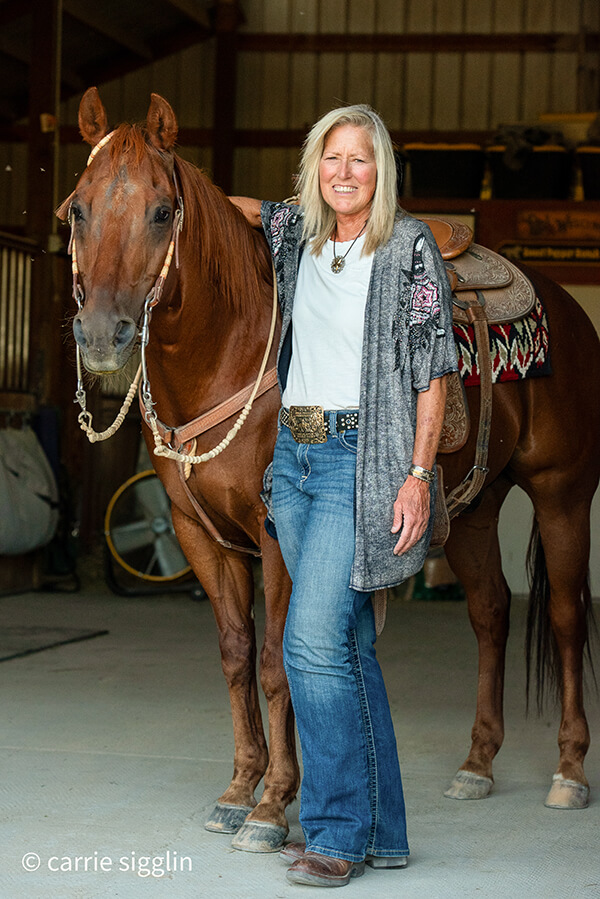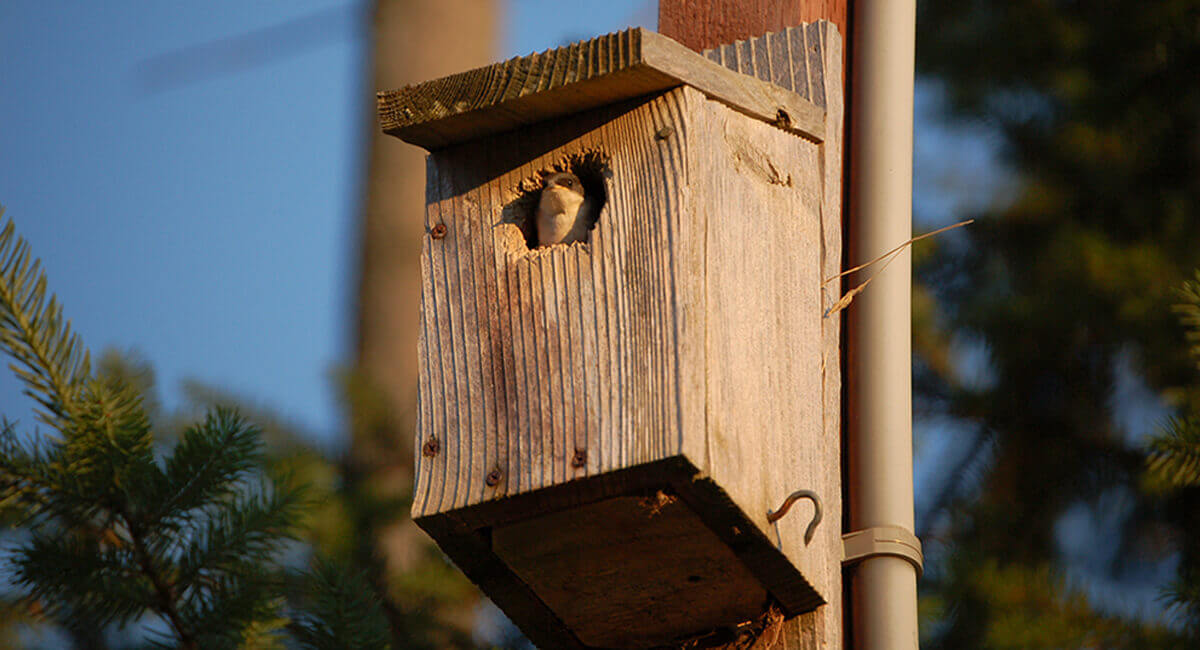Free and Natural Insect Control
One of my favorite times of year is the March/April time frame when swallows begin returning to the Pacific Northwest. These vivacious little birds overwinter in Central America and return to North America in time for the spring nesting season.
These pretty little birds provide hours of entertainment with their graceful acrobatics as they dart about catching insects. Not only are they fun to watch, but they also provide excellent insect control—one swallow can consume up to 800 soft-bodied, flying insects per day! Having swallows do natural insect control on your property is an excellent alternative to chemical controls, plus it’s free for the price of a nest box!
Several types of swallows are native to North America: Violet-green Swallows, Tree Swallows, Barn Swallows, Bank Swallows, Cliff Swallows, Rough-winged Swallows and Purple Martins. These slender little birds, about 5 or 6 inches in length, have pointed wings and tails and dart about quickly and smoothly. Colors vary slightly—Violet-greens are white on their cheeks and flanks with greenish-blue wings and backs. Tree Swallows have similar markings but with less white on their faces. The throat and undersides of Barn Swallows are reddish with dark brown wings and backs. Cliff Swallows are similarly marked, but duller in color.
Swallows tend to like open or semi-open terrain such as farms, fields, wetlands, and lakes. They tend to be very tolerant of living near buildings and towns. Cliff and Barn Swallows build mud nests on the underside of roofs, bridges, cliffs, and in barns. (NOTE: If these little guys have nested in a place where their droppings are making things messy, try placing a board under their nest to catch droppings, or put newspaper on the floor below. Violet-green and Tree Swallows are much cleaner than Cliff and Barn Swallows.) Violet-greens and Tree Swallows nest in already created holes and crevices such as those in dead trees or snags, but due to forestry practice of removing standing dead trees, nesting sites for these birds have been reduced and their populations have been impacted. Fortunately, both Tree and Violet-green Swallows will use nest boxes. Putting up nest boxes helps increase the swallow population and reduce your insect population at the same time. Breeding activity begins as early as May, so get boxes up before then.
Nest boxes for Violet-greens and Tree Swallows are easy to build or buy, and these birds are easily attracted to them. However, nesting boxes must be specific to the type of swallows in your area. Poorly made boxes encourage non-native species, such as starlings, to move in which can out-compete swallows and other native birds. To purchase or build the right nest box for the swallows in your area contact your local Audubon chapter or birding organization for advice on types and sources of nesting boxes. Wild bird stores also have supplies and good information.
Horse owners can further encourage swallows by providing nesting material. Collect horsehair to set out in tufts in your fields or open areas. In April and May when swallows begin nesting, you can watch them swoop down to snatch up bits of hair for building nests. Each female swallow will lay about four to six eggs and will incubate them for about two weeks. Both the male and female care for the young which fledge in 16-24 days.
As land becomes more developed and forestry practices remove the dead trees that once provided nesting places, the open farmland that horse places offer can be an important haven for birds like swallows. Providing them with nest boxes is a double bonus; you can help their populations increase and they’ll make a huge dent in the numbers of insects around your property this summer.
So, here’s to less bugs and more birds this summer!
Check out the Horses for Clean Water website for information on upcoming events, online classes, private consultations, tip sheets, and other resources for horse keeping and land management. Visit the Sweet Pepper Ranch website for info on our horse motel or glamping tent
See this article in the March 2024 online edition:
March 2024

Alayne Blickle began in the 1990’s as a pioneer in water conservation and natural resources conservation by creating the entrepreneurial consulting business, Horses for Clean Water, an award-winning internationally acclaimed education program that looks for horse-healthy, nature-based solutions to land management challenges. She continues this work today partnering with agencies, organizations, and horse owners throughout North America and worldwide. She is a regularly contributing writer and photojournalist to several equine publications.
Alayne lives with her horse trainer husband, Matt Livengood, in southwestern Idaho where they raise and train AQHA horses and mustangs on their eco-friendly horse ranch. Contact her through the Horses for Clean Water website or through their ranch website Sweet Pepper Ranch.
For more information contact Alayne at [email protected] or 206-909-0225.





